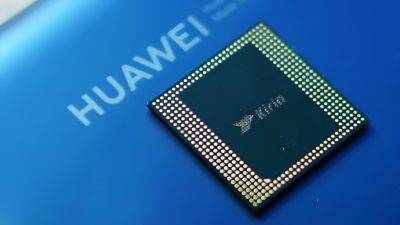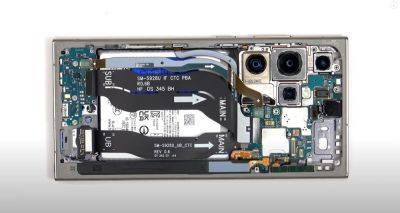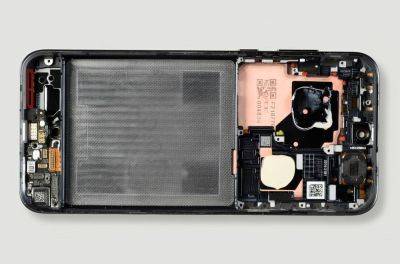Kirin 9010 Consumes The Same Power As Qualcomm’s Older Snapdragon 8 Plus Gen 1 While Being 30 Percent Slower, Reveals A Series Of Tests
Huawei added a slew of improvements to its latest Kirin 9010 over the Kirin 9000S, such as a 12-core CPU cluster, but those upgrades do not necessarily translate into the chipset being faster or more power efficient than the rest of the competition. According to a series of tests, the company’s latest SoC is revealed to be 30 percent slower than Qualcomm’s previous-generation Snapdragon 8 Plus Gen 1 while consuming the same amount of power. Let us have a look at those results in more detail.
Kirin 9010 core also consumes 50 percent more power than the Snapdragon 870’s Cortex-A77
The AndSPECMod benchmark ran by @negativeonehero to test the Kirin 9010 below shows one of the performance cores having the same power draw as the Snapdragon 8 Plus Gen 1’s Cortex-X2 while being significantly slower. The tipster also compares Huawei’s latest SoC with the Snapdragon 870’s Cortex-A77, stating that the Kirin 9010 consumes 50 percent more power, though he does not highlight the performance differences between the two. These tests show that, once again, Huawei trails behind the competition, likely sharing a ranking with Google’s Tensor range of chipsets that power a wide range of Pixel-branded handsets.
Related Story Kirin 9010 Is Huawei’s Latest Smartphone SoC With A 12-core CPU Cluster, Is Regarded As A Faster Variant To The Kirin 9000S, Lithography Unknown
However, it is not Huawei’s fault that the U.S. has exempted the once top smartphone brand in the world from leveraging advanced technologies such as TSMC’s 3nm ‘N3E’ process and employing the use of cutting-edge EUV machinery. These restrictions forced Huawei to team up with local foundry partner SMIC, who helped mass produce the Kirin 9010. Since Qualcomm used TSMC’s 4nm node for the Snapdragon 8 Plus Gen 1, it is unsurprising to learn that the SoC’s ‘performance per watt’ metric is superior to the Kirin 9010, resulting in increased power consumption and lowered performance from the latter.
Though the lithography details







